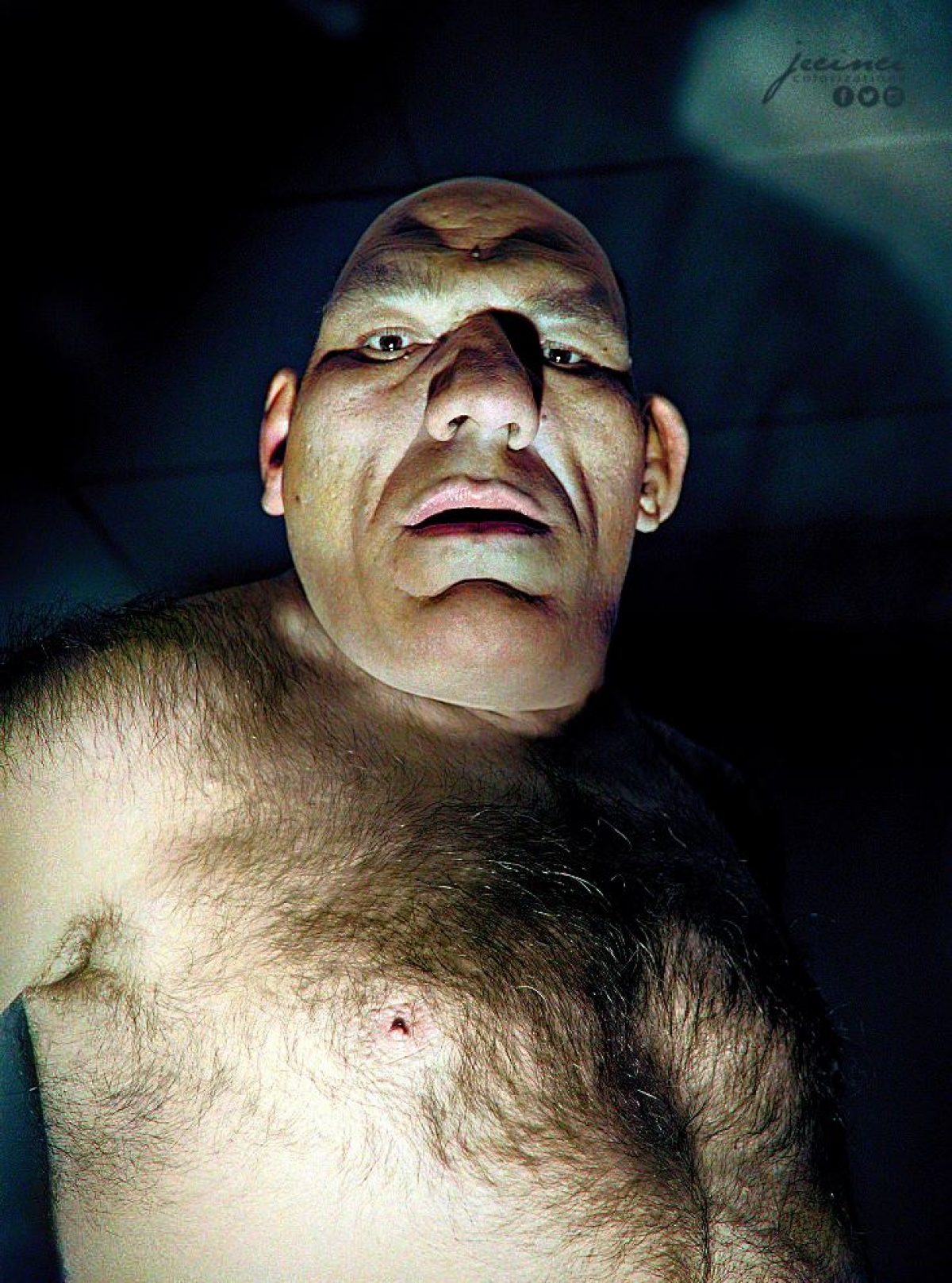The French Angel Fish, scientifically known as Pomacanthus paru, is one of the most mesmerizing marine creatures thriving in the warm waters of the Caribbean Sea. This remarkable fish, adorned with its vivid hues and intricate patterns, has captivated the hearts of marine enthusiasts and divers worldwide. This article delves deep into the characteristics, natural habitat, and conservation status of the French Angel Fish, highlighting its importance in maintaining the delicate balance of aquatic ecosystems.
The French Angel Fish belongs to the angelfish family and is celebrated for its stunning appearance, characterized by a deep blue body embellished with vibrant yellow markings. Beyond its visual appeal, this species plays a pivotal role in its environment, contributing significantly to the health and sustainability of coral reefs. By understanding its biology and ecological role, we can better appreciate the intricate dynamics of marine ecosystems.
Throughout this article, we will explore various aspects of the French Angel Fish, including its biology, habitat, dietary habits, reproductive behavior, and conservation efforts. Our aim is to enhance your knowledge and admiration for this magnificent species while emphasizing the necessity of preserving the marine world.
Read also:Exploring The Life And Influence Of Keith Olbermanns Wife
Contents Overview
- Life and Classification of the French Angel Fish
- Distinctive Physical Features
- Preferred Natural Habitat
- Nutritional Preferences and Feeding Patterns
- Reproductive Cycle and Lifespan
- Current Conservation Status
- Fascinating Insights About the French Angel Fish
- Final Thoughts
Life and Classification of the French Angel Fish
The French Angel Fish primarily inhabits the Caribbean Sea and the Gulf of Mexico, where it thrives in warm, tropical waters. Below is a comprehensive overview of its biological classification and key attributes that define this vibrant species.
| Attribute | Details |
|---|---|
| Scientific Name | Pomacanthus paru |
| Common Names | French Angel, Blue Angelfish |
| Family | Pomacanthidae |
| Length | Up to 14 inches (35 cm) |
| Weight | Up to 2.2 pounds (1 kg) |
| Color | Deep blue with radiant yellow markings |
| Habitat | Coral reefs and rocky substrates |
Distinctive Physical Features
The French Angel Fish is easily recognizable due to its extraordinary physical traits. Below are the defining characteristics that make this species truly unique:
- Coloration: The deep blue body paired with radiant yellow stripes renders it one of the most distinguishable fish in its natural habitat.
- Body Shape: Its robust, oval-shaped body enables agile maneuvering through coral reefs, enhancing its survival capabilities.
- Fins: The elongated dorsal and anal fins, outlined in yellow, add to its aesthetic charm and facilitate efficient swimming.
- Size: Adult French Angel Fish can grow up to 14 inches in length, making them a relatively large angelfish species.
Preferred Natural Habitat
The French Angel Fish prospers in the warm, shallow waters of coral reef environments, typically at depths ranging from 10 to 100 feet. Below is a detailed analysis of its habitat preferences:
- Coral Reefs: These fish are closely associated with coral reefs, where they seek refuge and sustenance.
- Rocky Substrates: They prefer areas with rocky structures that provide ample hiding spots to evade predators.
- Geographic Range: The French Angel Fish is native to the Caribbean Sea, including regions near Florida, the Bahamas, and the Lesser Antilles.
Nutritional Preferences and Feeding Patterns
The French Angel Fish primarily consumes plant-based materials but occasionally indulges in small invertebrates. Its diet includes the following:
- Algae: They graze on algae growing on coral reefs, playing a crucial role in maintaining ecological balance.
- Sponges: A significant portion of their diet consists of various types of sponges found abundantly in their habitat.
- Small Invertebrates: Occasionally, they feed on small crustaceans and other invertebrates, diversifying their nutritional intake.
Reproductive Cycle and Lifespan
The reproductive behavior of the French Angel Fish is both intriguing and complex. Below are key aspects of their reproductive habits:
- Breeding Season: Reproduction typically occurs during the warmer months when water temperatures are optimal.
- Spawning Rituals: These fish engage in elaborate spawning rituals, releasing eggs and sperm into the water column for external fertilization.
- Lifespan: In their natural habitat, French Angel Fish can live for up to 15 years or more, showcasing their longevity.
Current Conservation Status
Although the French Angel Fish is not currently classified as endangered, several threats jeopardize its population. Below are factors influencing its conservation status:
Read also:Unpacking The Power Of Viral Mms Downloads In Todays Digital World
- Habitat Destruction: Coral reefs are increasingly threatened by climate change, pollution, and human activities, affecting the fish's habitat.
- Overfishing: Despite not being heavily targeted, overfishing in certain areas may impact their numbers.
- Coral Bleaching: Rising water temperatures lead to coral bleaching, disrupting the delicate equilibrium of the ecosystem.
Fascinating Insights About the French Angel Fish
Here are some captivating facts about the French Angel Fish that may intrigue you:
- Social Creatures: These fish are known for their sociable nature, often seen swimming in pairs or small groups.
- Curious Behavior: They exhibit inquisitive behavior, frequently approaching divers and snorkelers to explore their surroundings.
- Territorial Nature: French Angel Fish can be highly territorial, especially during the breeding season, fiercely defending their nesting sites.
Final Thoughts
To summarize, the French Angel Fish is not merely a visually stunning creature but also an essential component of the marine ecosystem. By comprehending its biology, habitat, and the challenges it encounters, we can actively contribute to its preservation. If you found this exploration of the French Angel Fish enlightening, consider sharing it with fellow marine life enthusiasts or leaving a comment below. Together, let's continue to explore and safeguard the marvels of our oceans.
Thank you for dedicating your time to learn about the French Angel Fish. We look forward to welcoming you back for more insightful articles celebrating the wonders of marine life!


